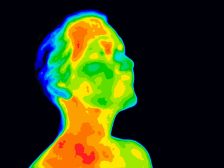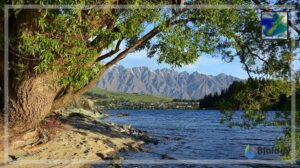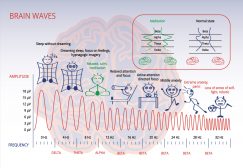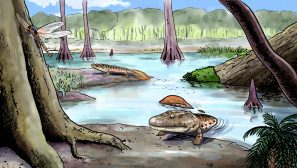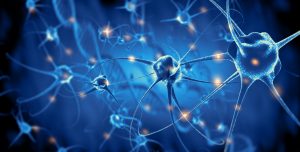Definition
noun
(taxonomy) A genus of the Phylum Platyhelminthes that is comprised of parasitic flukes
Supplement
Schistosoma is a genus belonging to the phylum Platyhelminthes. It is comprised of species commonly referred to as schistosomes or blood flukes. One of their distinctive characteristics is sexual dimorphism. The male is larger than the female. And unlike other flatworms, the schistosomes are dioecious. Throughout their adult life, the male encloses the female within his gynecophoric canal. Thus, seeing the male and female adult together is not uncommon. Nevertheless, some female schistosomes would leave their mate for another male schistosome, which probably is associated with increasing the genetic diversity of schistosomes.1
Schistosomes are parasitic flatworms and the causative agent of schistosomiasis in humans. They are called blood flukes because they infect blood capillaries of their definitive hosts. Hundreds of millions of people are infected with schistosomiasis making it an overwhelming parasitic disease. According to World Health Organization, more than 61.6 million people were treated for schistosomiasis in 2014.2
Scientific classification:
- Kingdom: Animalia
- Phylum: Platyhelminthes
- Class: Trematoda
- Subclass: Digenea
- Order: Strigeidida
- Family: Schistosomatidae
- Genus: Schistosoma Weinland, 1858
Sample species:
Common name(s):
- schistosome
- blood fluke
See also:
Reference(s):
1 “Even Blood Flukes Get Divorced – The Loom”. The Loom. 2008-10-08. Retrieved from ://blogs.discovermagazine.com/loom/2008/10/08/even-blood-flukes-get-divorced/#.V5Kt0rh97tS.
2 “Schistosomiasis Fact Sheet”. World Health Organization. Retrieved from ://www.who.int/mediacentre/factsheets/fs115/en/.

